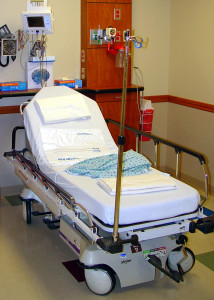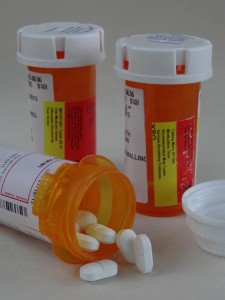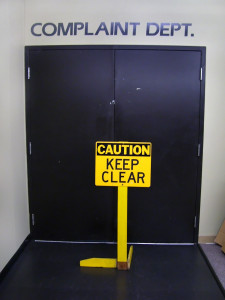Government regulations get a bad rap. To be sure, if you look long enough, you can find some that will make you shake your head and wonder, but for the most part regulations do a good job of providing protection to the public. And, they can also be a big boost in accident claims and injury lawsuits.
As proof that regulations are needed to protect the public, one need only look at the tragic hot air balloon crash in Texas that killed the pilot and 15 passengers earlier this year. Many believe this accident occurred because the Federal Aviation Administration does very little to exercise oversight of hot air balloon operators. In fact, regulations on hot air balloon operators are almost non-existent despite the fact that they often carry more passengers than small commuter planes and helicopters. Unlike conventional pilots, hot air balloon operators do not have to get regular medical exams and, while the form operators must complete asks about narcotic drug charges, it specifically excludes alcohol- related driving offenses. In the deadly Texas crash, the operator was taking at least 10 different drugs for various medical problems. Some of the drugs including oxycodone would have disqualified him from flying conventional aircraft because of their effect on decision-making and reaction times. Moreover, the operator had been convicted of drunk-driving on at least four occasions. Of course, regulations do not prevent every accident, but it is probably safe to say that if the Federal Aviation Administration had implemented tighter regulations over hot air balloon pilots that this particular pilot would not have been in the sky with passengers on that fateful day.
Regulations not only provide protection to the public but they also can help your accident claim or injury lawsuit. If you are injured in an accident and you want to recover money for your injuries, you must prove that someone else was negligent, that negligence caused your injuries and the extent of your injuries and damages. Let’s focus on negligence. In simplest terms, you should think of negligence as either doing something you should not have done or not doing something you should have done. Lawyers will often refer to it as a violation of the standard of care. Part of proving the other party was negligent involves proving the standard of care, but when there is a safety regulation the standard of care has already been established by the regulation itself. So then, all you must do is prove the defendant violated the regulation. In other words, the regulation can eliminate one step of what is normally a two-step process. So regulations can play a critical role in injury litigation.
 Tennessee Injury Law Center
Tennessee Injury Law Center










